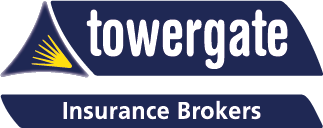A cultural shift has seen an uptick in solid fuel appliances in restaurants and other commercial kitchens.[1] But while these appliances can spice up your menu, they can also pose a very real threat to your employees and customers.
Hidden danger
A solid fuel appliance is any appliance that uses fuel that isn’t a gas or liquid. This includes fireplaces, wood-fired pizza ovens, coal stoves, and tandoori ovens.
Appliances that burn solid fuel emit carbon monoxide (CO), an extremely noxious gas that can’t be seen or smelled. When these appliances are properly maintained and safe to use, they funnel out the carbon monoxide by way of their ventilation system, but when things go wrong the CO can be released back into the building.
This could happen when there is:
- Poor ventilation caused by blocked chimneys and stoves, which don’t allow the fuel to burn off properly, resulting in CO being trapped, and increasing the risk of a fire.
- Improper storage of solid fuel, for instance too close to other appliances that emanate heat, which causes the solid fuel to burn.
- Faulty smoke and carbon monoxide detectors which fail to alert anyone to the presence of carbon monoxide.
- Lack of maintenance of the appliance, leading to an increased chance of fire.
What are the signs?
As a colourless, odourless and tasteless gas that’s extremely harmful to human life, carbon monoxide is particularly dangerous. If your carbon monoxide detector isn’t working and your commercial kitchen is subject to a carbon monoxide leak, there’s a good chance you’d only know there was an issue after people started contracting symptoms.
Symptoms of carbon monoxide can vary from mild to severe depending on the quantity of the CO leak, and symptoms may get better or worse depending on how close you are to the affected site. According to the NHS, symptoms of carbon monoxide poisoning include:
- Headache
- Dizziness
- Feeling sick or being sick
- Feeling weak
- Confusion
- Chest and muscle pain
- Shortness of breath.
Your responsibility as an employer
Restaurant owners who opt to use solid fuel appliances should understand that they are entering into a grey area. That’s because while the rules about traditional gas and electric appliances are well-established and well-regulated, the same cannot be said for solid fuel appliances.
Despite murky regulations, however, the HSE are clear that it is your responsibility as a restaurant owner or the operator of a commercial kitchen or catering service to keep your employees and customers safe. This means that ‘both workers and members of the public must be protected from the risk of exposure to carbon monoxide gas, whether your business is in operation or not.’
According to the Workplace (Health, Safety and Welfare) Regulations 1992, employers must legally provide ‘effective and suitable ventilation in every enclosed workplace’, which would particularly apply here to kitchens which house solid fuel appliances. The Control of Substances Hazardous to Health (COSHHH) Regulations 2002 sets specifies that carbon monoxide gas emissions have to be kept below a certain limit, known as the workplace exposure limit (WEL). [2]
If you were to breach these regulations as an employer by failing to take the proper precautions when it came to your solid fuel appliances, resulting in a situation where individuals were harmed by carbon monoxide poisoning, you would be held liable. This could take the form of a significant fine, legal proceedings, and devastating damage to your company’s reputation.
Prevention is key
There are a number of preventative measures you can take to minimise the chance of a CO leak happening in your commercial kitchen.
For one, safe and proper installation of the appliance or appliances is crucial. While it’s not a legal requirement to seek advice before you buy a solid fuel appliance, HSE recommend you do seek ‘competent advice’ from organisations such as HETAS, the Catering Equipment Distributors Association (CEDA), the Catering Equipment Suppliers Association (CESA) or B&ES.
Consistent maintenance of all solid fuel appliances is of paramount importance. The HSE say that extraction systems for your commercial solid fuel appliances have to be examined and tested once every 14 months, at least. This maintenance should also be conducted by a ‘competent person.’
You’ll also want to store the solid fuel responsibly. Solid fuel needs to be stored in a dry and well-ventilated area, away from any appliances that emit heat.
You will also need to install a carbon monoxide detector with an audible alarm and have procedures in place for what should be done if the alarm goes off. Battery-operated carbon monoxide detectors – as opposed to mains-powered detectors – should be regularly tested. Importantly, you need to ensure that the solid fuel appliance extraction fan operates until all the solid fuel has been extinguished – even if no staff or customers are present – to help protect people in neighbouring properties and shift workers attending the site later.
If you would like to discuss Risk Management solutions, please speak to your regular Towergate Adviser.
[1] Playing with fire: avoiding the hazards of solid-fuel cooking
[2] Preventing exposure to carbon monoxide from use of solid fuel appliances in commercial kitchens: CAIS26


